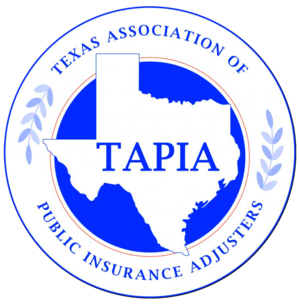2017 has ushered in an indiscriminate variety of weather, including an increased number of tornados. Many factors play into the creation of a tornado, including fluctuating temperatures and wind speeds, rain, hail, and thunder. While there is still much to learn about the causes of tornados, the National Center for Atmospheric Research (NCAR) states that “tornadoes are associated with large (supercell) thunderstorms that often grow to over 40,000 feet.”
The NCAR further explains that “a column of warm humid air will begin to rise very quickly and appears to rotate when winds at two different altitudes blow at two different speeds creating wind shear. This causes a horizontal rotating column of air and if this column gets caught in a supercell updraft, the updraft tightens the spin and it speeds up, creating a funnel cloud. The rain and hail in the thunderstorm cause the funnel to touch down, creating a tornado.”
Here are some common safety tips that will help protect yourself and others in the event of a severe storm or tornado:
- Shelter: Seek protection in a storm shelter or basement if there are signs of a severe storm, tornado, or a warning. If these are unavailable, the best option is a closet or small closed-in area on the lowest level that does not contain any windows or glass. If not possible, get under a large table or other piece of furniture to shield from flying debris.
- Outside: Try to get inside a building but if not possible, lie in a ditch or low-lying area. Be aware of flood waters.
- Vehicles: Do not stay in a vehicle! Tornadoes are unpredictable and can hurl a vehicle through the air. Quickly get out and attempt to find shelter in a building. If there is not sufficient time, get away from the vehicle and lie in a ditch or low-lying area
Please stay safe and practice these common safety actions during harsh storms and tornados. Morgan Elite Specialist Services offers free consultations and inspections and will help protect your insured assets in the event of severe weather.
Sources:
How Do Tornadoes Form? (n.d.). Retrieved February 27, 2017, from https://eo.ucar.edu/kids/dangerwx/tornado3.htm








